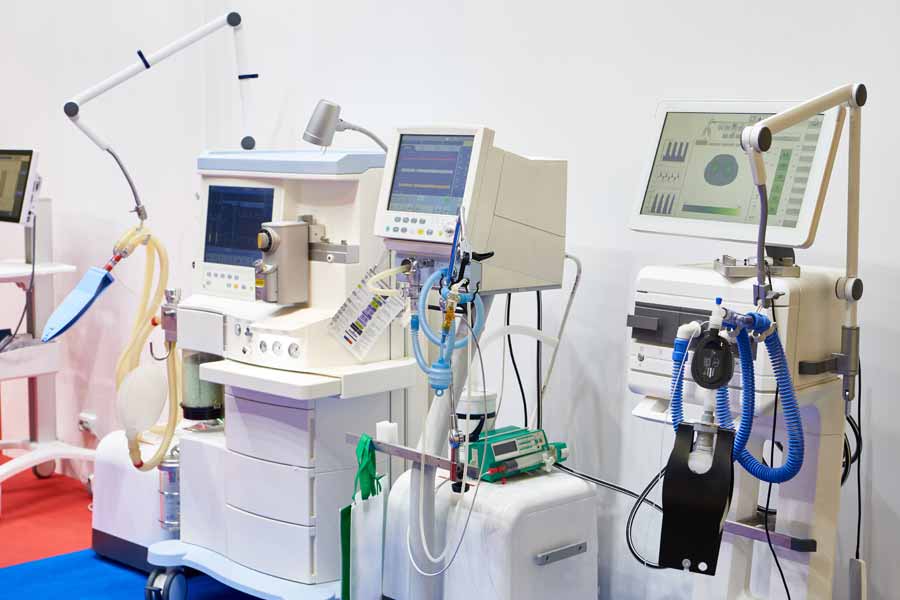Promoting medical equipment online is always a challenge, but it’s not impossible. In the second article of this advice series, we discussed some of the main aspects that will help you in promoting in this field, as well as the mistakes you should avoid.
Cuprins:
ToggleSure, when it comes to selling medical equipment for clinics or hospitals, the best way to attract clients is still through recommendations from one doctor to another or participation in special conferences.
However, digital marketing has proven to be an additional element that can help with the visibility and building of trust for a brand. Thus, even if an owner has heard about your brand from another medical specialist, they will definitely look you up on Google or social media, and the information they find there will matter.
If you think that online promotion is not very suitable for medical equipment, you should know that the most important factor is probably the one you’ve considered the least: time. Indeed, it is a rather difficult niche due to high prices, well-known competing brands, and very technical product specifications. However, the most important aspect is the lack of time that doctors face. Among hundreds of appointments, it is quite hard for them to find time to analyze the online market.
Nevertheless, if you choose the right approach, you will be surprised by the influence of digital marketing campaigns. Here’s what you need to know for promoting medical equipment
Choose Your Channels Carefully
Google: This is the most recommended channel for improving results. Ensure you use properly structured, mobile-friendly landing pages specifically designed for the products you’re promoting. Besides setting up your keyword list, create a list of negative keywords to avoid wasting your budget on non-performing clicks.
LinkedIn: This platform provides easier access to organizations, institutions, and roles within the medical system, making the audience creation process quicker and more concrete.
Facebook: It offers many options for defining your audience and providing diversified content. It’s an excellent channel for generating traffic and focusing on remarketing to users who are already aware of your business.
Focus on Lead Generation Campaigns
Medical equipment is high-priced, and users need a longer decision-making process. Therefore, focus on lead generation or qualified call campaigns rather than acquisition campaigns. This way, potential clients can fill out a form or contact you for more information or to request a quote.
Testimonials and Reviews Matter
Leverage client testimonials or the names of clinics you have previously worked with. This will build trust with new users.
Remarketing on Facebook
Be aware that someone running a medical clinic is not on Facebook looking for professional equipment. Therefore, the best strategy is to focus on organic reach or Google Ads campaigns and use Social Media to build remarketing audiences.
Buyer Persona
Audiences need to be well-segmented and thoughtfully constructed to build your business’s buyer persona effectively. Broad audience types are not efficient as your target audience is highly niche.
Demand-Based Discounts
Personalized offers are an advantage in this niche, as the costs for medical equipment are very high, and any discount is significant.
Brief Brochure with Information on the Site
Provide complete information on your site about the equipment: how it works, how to install it, its functions, and features. Additionally, highlight other benefits your business offers: free delivery, guaranteed installation, warranty, etc.
Build a Blog on Your Site
Offer quality content with concrete information from the field to build trust among users. Moreover, it will provide an additional source of traffic.
What mistakes should you avoid in promoting medical equipment?
- Targeting an irrelevant audience for your business
- Using content with partial, unclear information or that is not of interest to this niche
- Using hashtags that do not lead to similar posts to yours, even if the keywords seem relevant to you
- Lack of interaction with the audience in posts, comments, or messages
- Using generic images that do not relate to the posts or services you are promoting
- Lack of information on the website about products, payment/delivery methods and contact details

